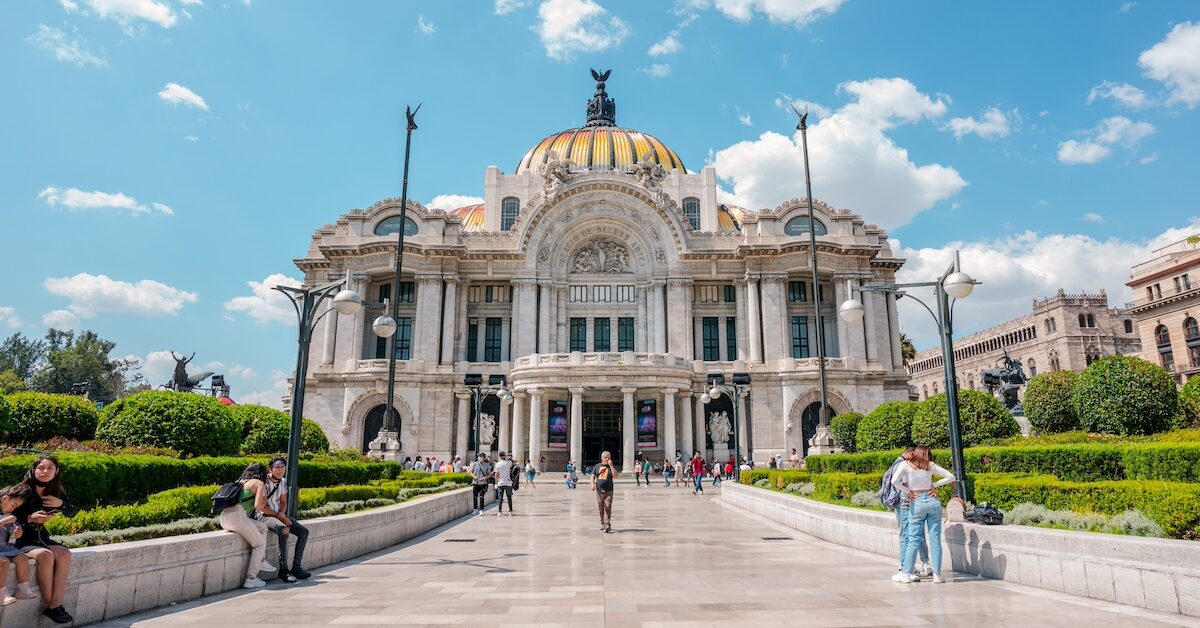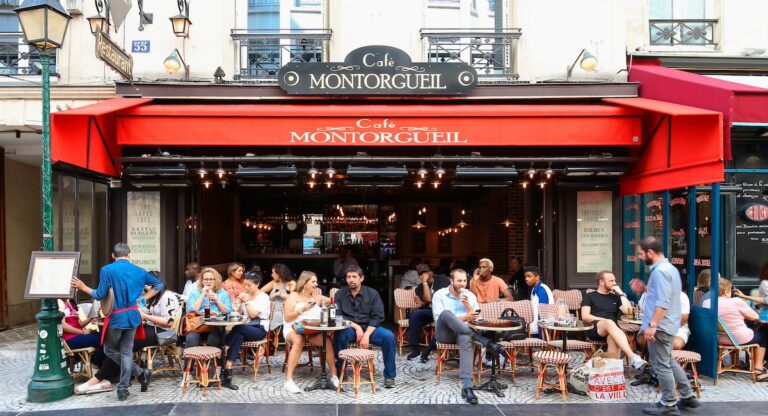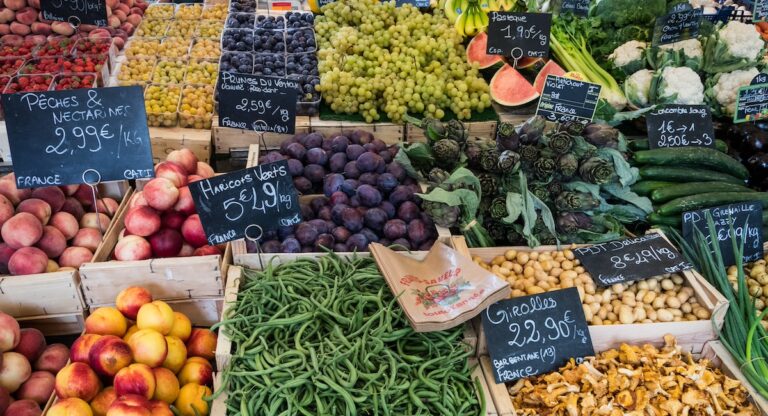In case you missed me, I spent last week on vacation in Mexico City, soaking up the sun far from the bleak chill of February in New York. I usually stick to European vacations, and it’s been quite some time since I’ve taken a trip without managing to tack on at least a weekend in France. So I was surprised when I arrived in Mexico’s capital and noticed that the whole city seemed somewhat familiar.
Many of the buildings in Mexico City’s Historic District look distinctly European, which confused and intrigued me until I got a little crash course in Mexican history on a walking tour of the city.
While Spain’s colonial history in Mexico is still widely evident, the French spent a bit of time in Latin America as well. The First French Intervention in Mexico occurred between 1838 and 1839, and was known as the Guerre de Pâtisseries, or the Pastry War. (The nickname comes from the fact that many French businesses in Mexico were looted by Mexicans during this period, including that of a well-known French pastry chef.)
The Second French Intervention, or the Second Franco-Mexican War, occurred between 1861 and 1867, when Napoleon III invaded Mexico City in 1861. Napoleon encouraged Austria’s Archduke Maximillian to take over as Mexico’s new Emperor, but both Maximillian and the French were pushed out (or, in the Archduke’s case, executed) in 1867.
Following Maximillian’s demise, between 1876 and 1911, Mexico fell under the dictatorship of Porfirio Díaz, a controversial figure who happened to be a massive Francophile, despite having fought against the French during the Second Franco-Mexican War. Díaz wanted Mexico City to become a global capital–which, in his mind, meant that it needed to be more European. He took inspiration from the Belle Époque and Art Nouveau buildings of late-18th century Paris to create architectural marvels like the Palacio de las Bellas Artes (a major cultural center) and the Palacio de Hierro (a department store modeled after Le Bon Marché) in the heart of Mexico’s Capital. He also modeled the new Paseo de la Reforma (a prominent avenue through the city) after Parisian boulevards like the Champs-Élysées. (The Bellas Artes metro station, just outside the Palacio, even has a copy of the classic Parisian Art Nouveau metro sign designed by the French architect Hector Guimard.)
During his reign, Díaz would oversee an influx of French influences on Mexico, in everything from architecture to literature to food. (Published in 1831, El Cocinero Mexicano, the first major cookbook on Mexican cuisine, has a decidedly French touch, despite the prominence of the Spanish in the region at the time.) This promotion of bourgeois French culture over local Mexican culture contributed to some of the infighting between upper and lower classes that led to the end of Díaz’s regime.
But in a way, Díaz eventually got the Parisian lifestyle he worked so hard to construct: At the end of his life, Díaz was exiled to Paris, where he died. And if you visit the Cimetière de Montparnasse, you can find the grave of this complicated Mexican Francophile.
Ciao,
Catherine Rickman
Managing Editor, frenchly.us






